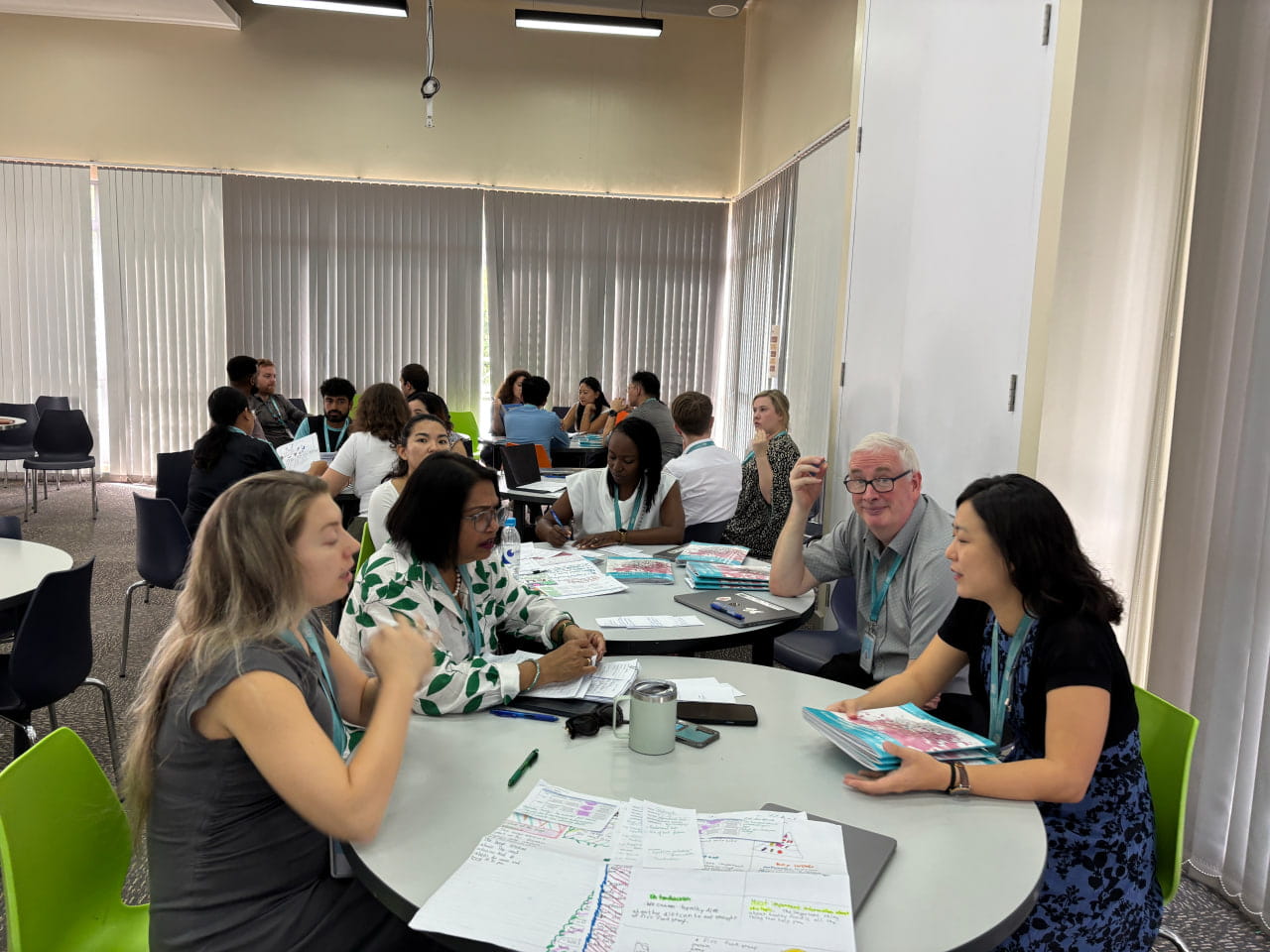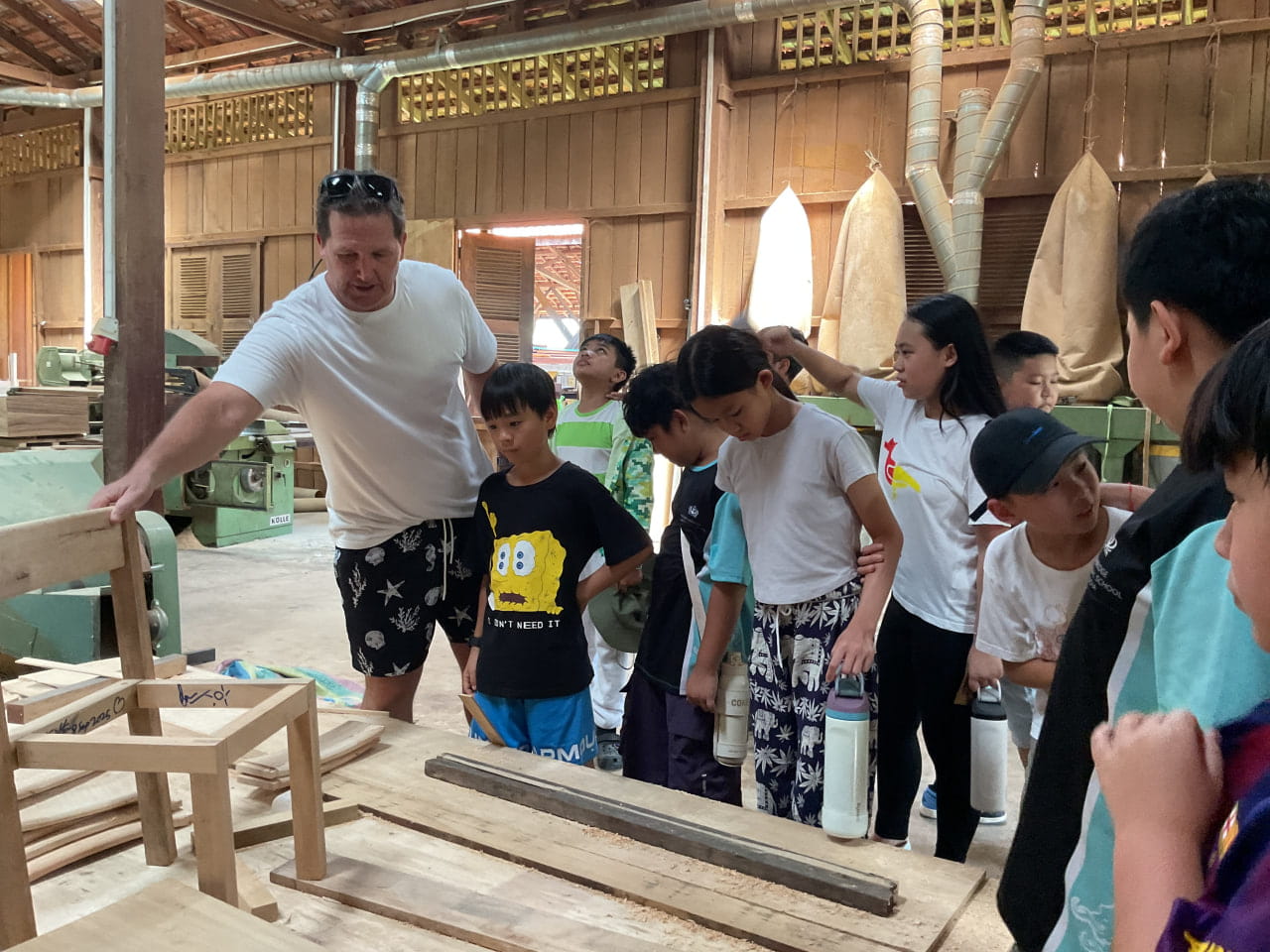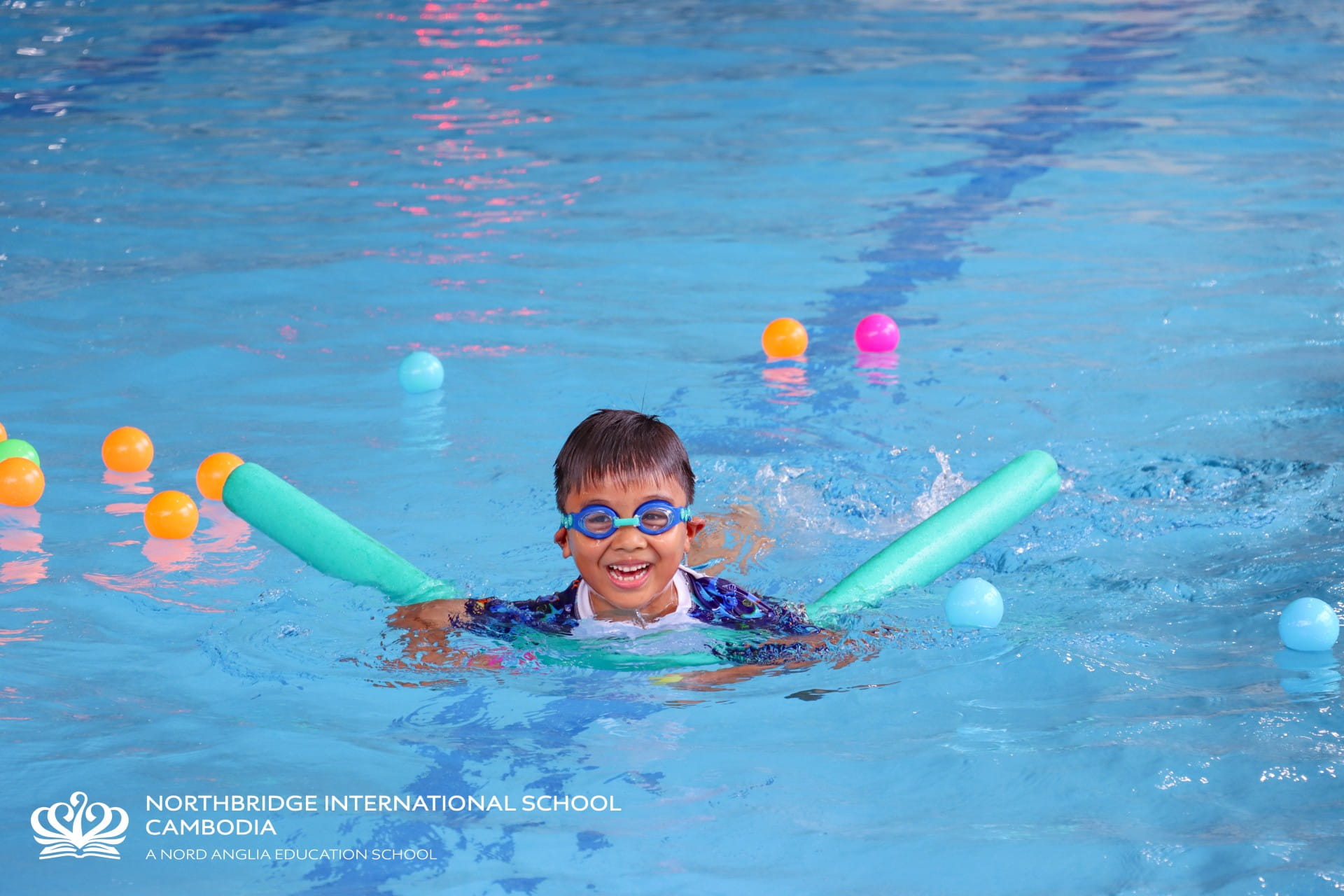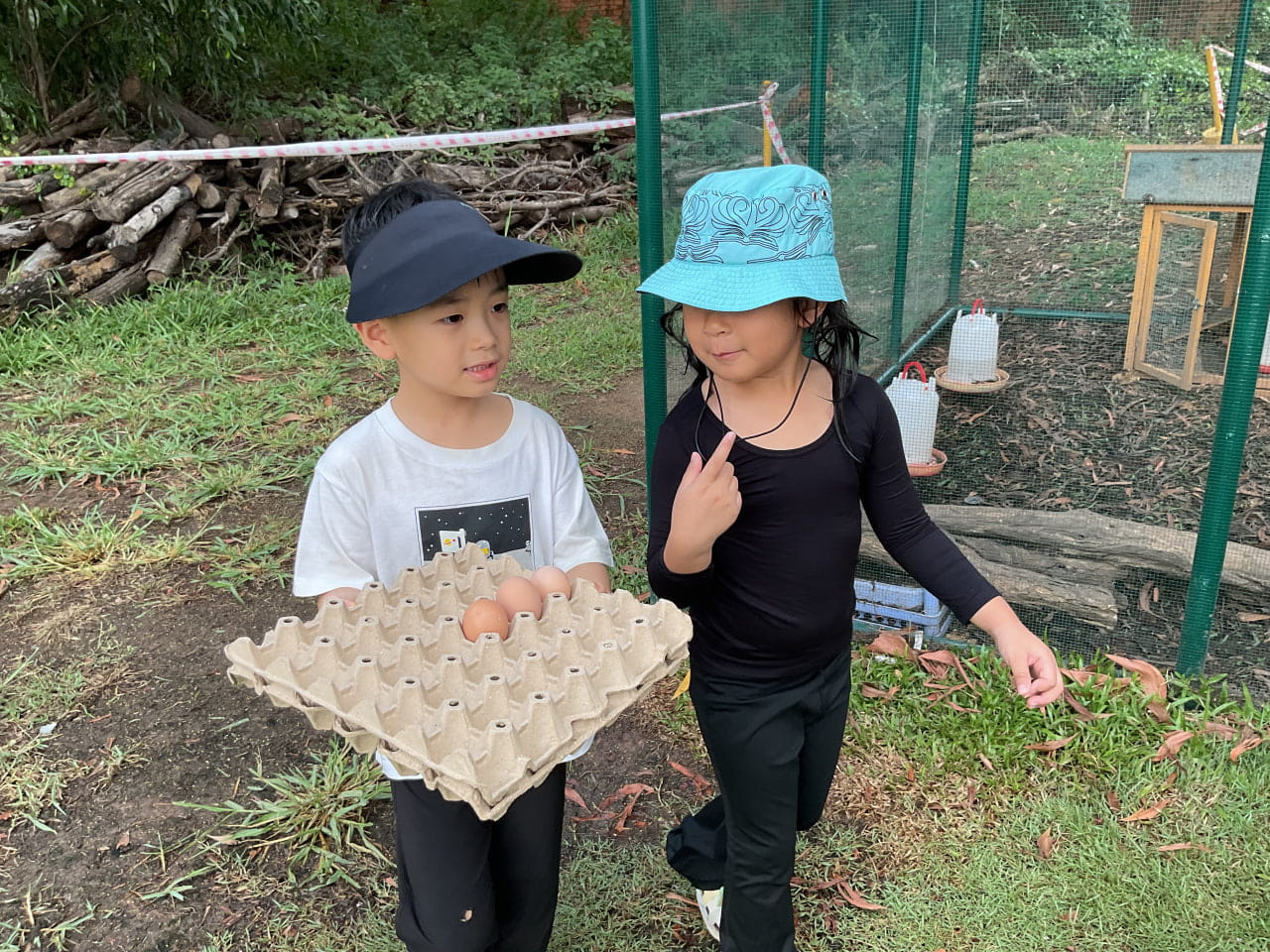In a well-designed learning environment, students are provided with opportunities to explore, discover, and learn through hands-on experiences. The physical layout of the classroom, the materials available, and the organization of the space all contribute to creating an environment that supports learning and development.
For example, a classroom may have different learning centers, such as a reading corner, a science area, and a creative arts station. Each center is carefully arranged with age-appropriate materials and resources that encourage children to engage in meaningful activities. This allows students to develop their cognitive, social, and emotional skills in a holistic manner.
Furthermore, the environment can also promote independence and autonomy among Early Learning students. By providing accessible materials and resources, students are encouraged to make choices and take ownership of their learning. This fosters a sense of responsibility and self-confidence, which are essential qualities for lifelong learning.
In conclusion, learning environments for Early Learning students at Northbridge are more than just physical spaces. They are dynamic and interactive settings that can act as a third teacher. By creating an environment that is stimulating, engaging, and supportive, educators can enhance the learning experiences of young children and set them on a path towards success.






